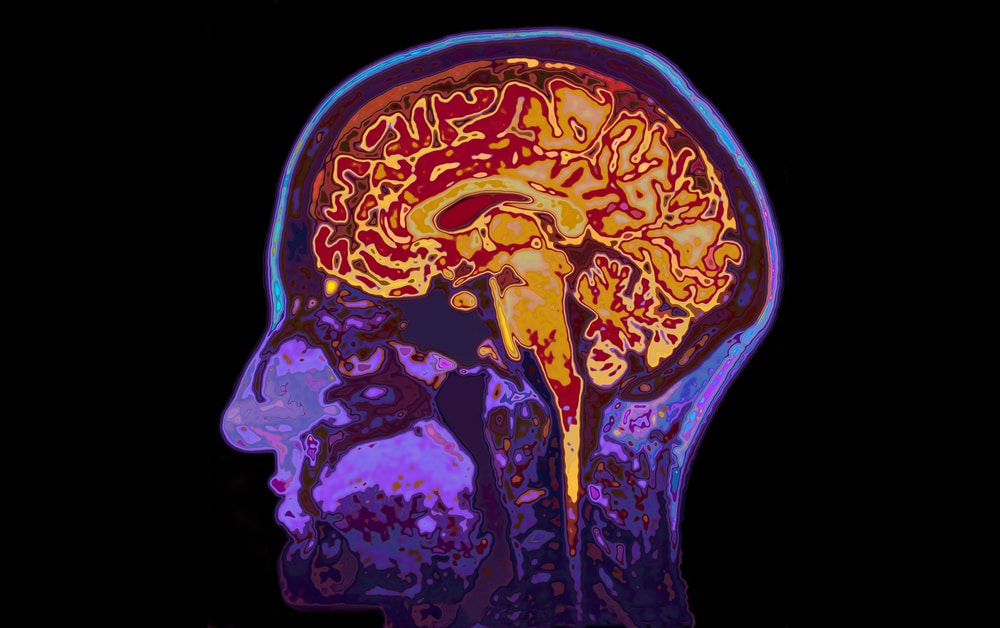By the time clinical symptoms of AD manifest and a definitive diagnosis is made too many neurons have been lost, essentially making the condition irreversible explains, Dr. Jae Ho Sohn, who goes on to add that progression of disease may be slowed down if it is caught early enough, this algorithm has potential to help with intervention before the condition becomes irreversible and inspires hope.
Active brain cells use glucose as fuel, but when brain cells become diseased they gradually use less glucose until they die, suggesting that glucose PET scans represent a cheap way of diagnosing AD before symptoms advance.
Radiologists have tried to use glucose PET scans to detect the condition in the past by looking for reduced levels in the brain, however such changes can be difficult to see with the naked eye as the disease is slow to progress.
A machine learning algorithm was trained using PET scans from the Alzheimer’s Disease Neuroimaging Initiative dataset, which is a catalogue of scans from patients with mild cognitive impairment, no disorder, and patients confirmed to have AD. Key features to predicting diagnosis of Alzheimer’s disease were learned by the machine learning algorithm after being fed 1,921 scans, which was then tested on two new datasets.
One of the new datasets the algorithm was tested on included an additional 188 images from the ADNI database which were not previously fed into the algorithm, and the other was new set of scans from 40 patients presenting with potential cognitive impairment. 92% of the patients from the first dataset and 98% of the patients from the second dataset who went onto develop AD were correctly identified by the algorithm. Additionally the algorithm successfully achieved the predictions on average 6 years before the patient’s received final diagnosis.
Although the algorithm needs to be validated and calibrated in a larger more diverse cohort, it has the potential to become clinically relevant. Sohn suggests if the algorithm passes further testing it could be used as a predictive and diagnostic tool when patients visit memory clinics to help ensure patients get treatment as early as possible.




